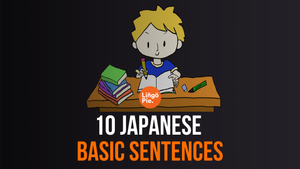Struggling with Japanese verb conjugation? You’re not alone— many language learners find it tricgky to get verbs just right. But, knowing the rules and how it works will help you a lot to correctly speak in that language. Although grammar isn't the only thing to learn from a language, it helps to understand better the nature of each language.
Research shows that mastering verb conjugation drills can significantly enhance both oral and written fluency. The drills help learners produce language more easily and quickly by automating verb forms, which reduces cognitive load and facilitates speech production. Conti concludes that mastering verb conjugation is crucial for fluency because it enables learners to communicate more effectively and with less hesitation.
If you’re learning Japanese, understanding these patterns will give you a solid foundation.
10 Japanese Basic Sentence Patters that will Help You with your Study
6 Books and Textbooks to Learn Japanese
Best Way to Learn Japanese

How do Japanese verbs work?
First we need to know the basics. In Japanese, there is no verb conjugation that depends on the subject or the person of the sentence, something that exists in most Germanic and Romance languages, like English, Spanish, French or German.
To give you an example, in English we conjugate the verb "to eat" like this:
- I eat
- You eat
- He/she/it eats
- We eat
- You eat
- They eat
On the other hand, in Japanese the verb for "to eat" is tabemasu 食べます (polite form) or taberu 食べる (plain form), and those two forms are the conjugation for all the subjects, regardless of the number. It's important to notice that in Japanese plurals don't exist. Neat, right?
However, there are two important things to know about verb conjugations in Japanese:
1.Polite and plain forms are very important, more than English and any other language. Conjugation rules change depending on these two forms.
2.The final part of a verb is where conjugation is done. For example, the final part for tabemasu 食べます is masu and that part will change depending on the conjugation (negative, past tense, etc.)
3.Verb conjugations are written in hiragana, one of the two syllabaries that Japanese has (the other one is katakana). Most verbs start with one or two kanji at the beginning of the word.
What are verb groups?
Japanese verbs are separated into three groups: group 1 or godan 五段, group 2 or ichidan 一段 and group 3 or irregular verbs. Knowing these groups is essential for conjugation.
All verbs end with an u sound, but it's the consonant that accompanies that vowel what determines the conjugation.
Group 1 or godan verbs.
This group contains most of the verbs that exist in Japanese, except for some verbs that ends in -ru -る (most verbs that have an e and some that have an i before the -ru, like taberu 食べる, neru 寝る, miru 見る or okiru 起きる).
Here are some examples of the most common Group 1 verbs:
- Kaku 書く (to write)
- Yomu 読む (to read)
- Kiku 聞く (to listen, to hear, to ask)
- Nomu 飲む (to drink)
- Au 会う (to meet someone)
- Iku 行く (to go)
- Matsu 待つ (to wait)
- Hanasu 話す (to speak)
- Oyogu 泳ぐ (to swim)
- Aru ある (to have, to exist)
- Kaeru 帰る (to return home)
- Asobu 遊ぶ (to play)
- Shinu 死ぬ (to die)
In conclusion, verbs that ends with u う, kuく, gu ぐ, su す, tsu つ, nu ぬ, bu ぶ, muむ and ru る (some of them) are godan verbs.

Group 2 or ichidan verbs.
This group contains most verbs that ends in -ru and aren't Group 1 verbs. In addition, these verbs have the vowels e or i as sounds before the -ru, except for some verbs that are Group 1 like kaeru 帰る and kiru 切る (to cut).
Here are some examples:
- Taberu 食べる (to eat)
- Neru 寝る (to sleep)
- Ageru あげる (to give)
- Oshieru 教える (to teach, to tell)
- Akeru 開ける (to open)
- Shimeru 閉める (to close)
- Mieru 見える (to be seen)
- Miru 見る (to see, to watch, to look)
- Okiru 起きる (to get up)
- Kariru 借りる (to borrow)
- Iru いる (to have, to exist)
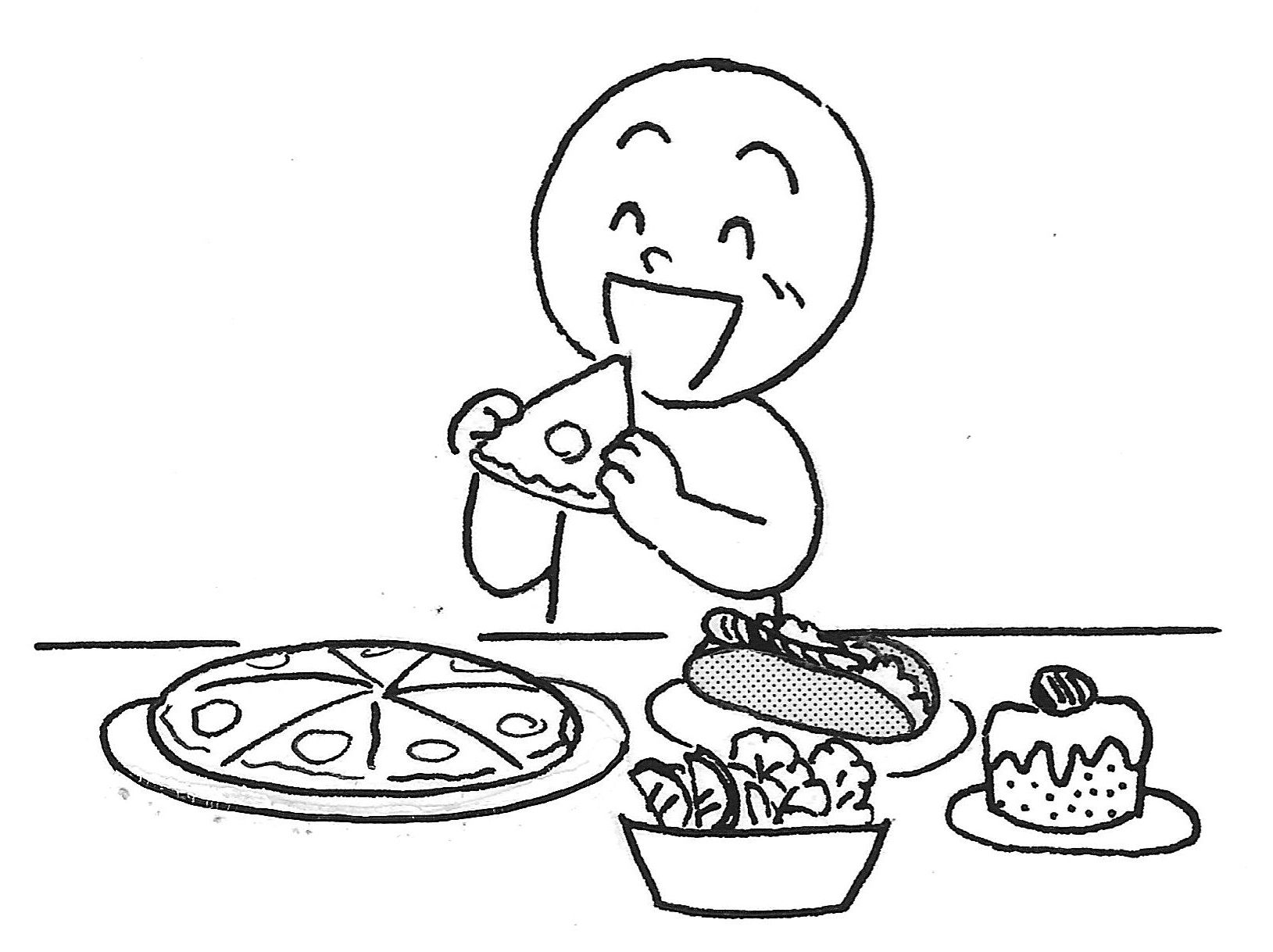
Group 3 or irregular verbs.
Good news! There are only two irregular verbs in Japanese: suru する (to do) and kuru 来る (to come). In most cases, the conjugations for these two verbs change a lot compared to the other groups. Also, there are verbs that use suru and kuru at the end and belong to this group too.
For instance:
- Benkyōsuru 勉強する (to study)
- Ryokōsuru 旅行する (to travel)
- Ryōrisuru 料理する (to cook)
- Sanposuru 散歩する (to stroll)
- Mottekuru 持って来る (to bring, to take something along)
- Tsuretekuru 連れて来る (to bring someone along)

The verb tenses.
Like irregular verbs, there are only two verb tenses in Japanese: past tense or kakokei 過去形 and not past tense or hikakokei 非過去形. This last tense is used for present and future actions. That's right. Present and future conjugate the same. Knowing whether it's present or future is a matter of context using the right words, like the ones that are related to future time. For example, ashita 明日 (tomorrow), asatte あさって (the day after tomorrow), rainen 来年 (the next year), etc.
Plain and polite forms.
The verbs we've just seen on the lists were conjugated in the plain form or the dictionary form. That's how we find verbs on the dictionary, and it's also the conjugation used for the present and future tense affirmative in the colloquial form.
However, there is a polite form too and its conjugation is different. Whereas plain form verbs end with -ku, -gu, -su, -tsu, -ru, -suru or -kuru, polite verbs all end with -masu ます. For example: tabemasu 食べます (taberu 食べる), nomimasu 飲みます (飲む), okimasu 起きます (okiru 起きる), shimasu します (suru する), among others.
Verb groups are also important for the polite form:
Group 1 verbs.
Godan verbs need to change the sound with u that's before -masu. The u must be changed to i. The consonant remains the same. For example:
- Nomu 飲む ➡ nomimasu 飲みます (to drink). mu む for mi み.
- Iku 行く ➡ ikimasu 行きます (to go). ku くfor ki き.
- Oyogu 泳ぐ ➡ oyogimasu 泳ぎます (to swim). gu ぐ for gi ぎ.
- Au 会う ➡ aimasu 会います (to meet someone). u う for i い.
- Asobu 遊ぶ ➡ asobimasu 遊びます (to play). Bu ぶ for bi び.
- Kaeru 帰る ➡ kaerimasu 帰ります (to return home). Ru る for ri り.
- Shinu 死ぬ ➡ shinimasu 死にます (to die). Nu ぬ for ni に.
- Hanasu 話す ➡ hanashimasu 話します (to speak). Su す for shi し.
- Matsu 待つ ➡ machimasu 待ちます (to wait). Tsuつ for chi ち.
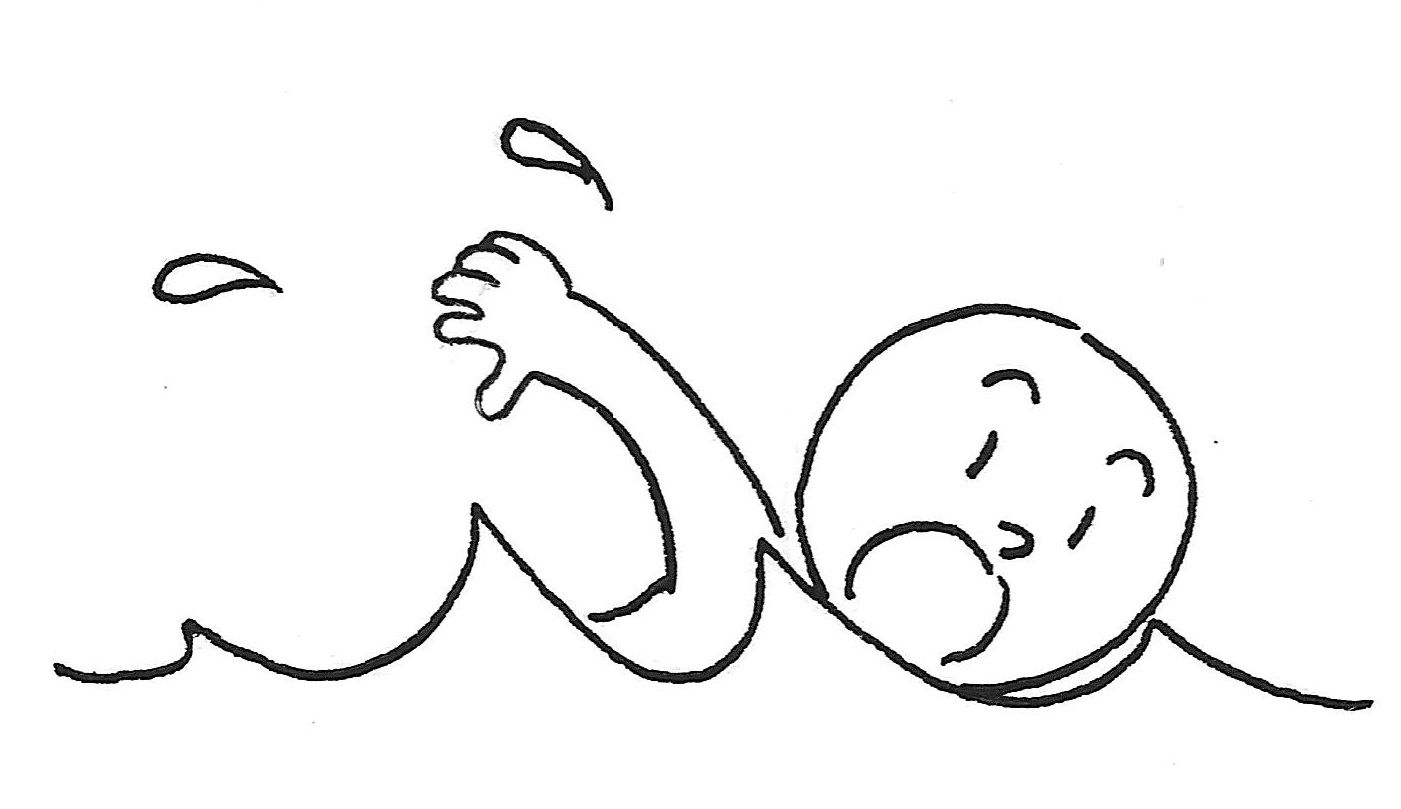
Group 2 verbs.
Ichidan verbs are much easier. Just replace the -ru with -masu and that's it.
- Taberu 食べる ➡ tabemasu 食べます(to eat)
- Neru 寝る➡ nemasu 寝ます(to sleep)
- Okiru 起きる➡ okimasu 起きます(to get up)
- Kariru 借りる➡ karimasu 借ります(to borrow)
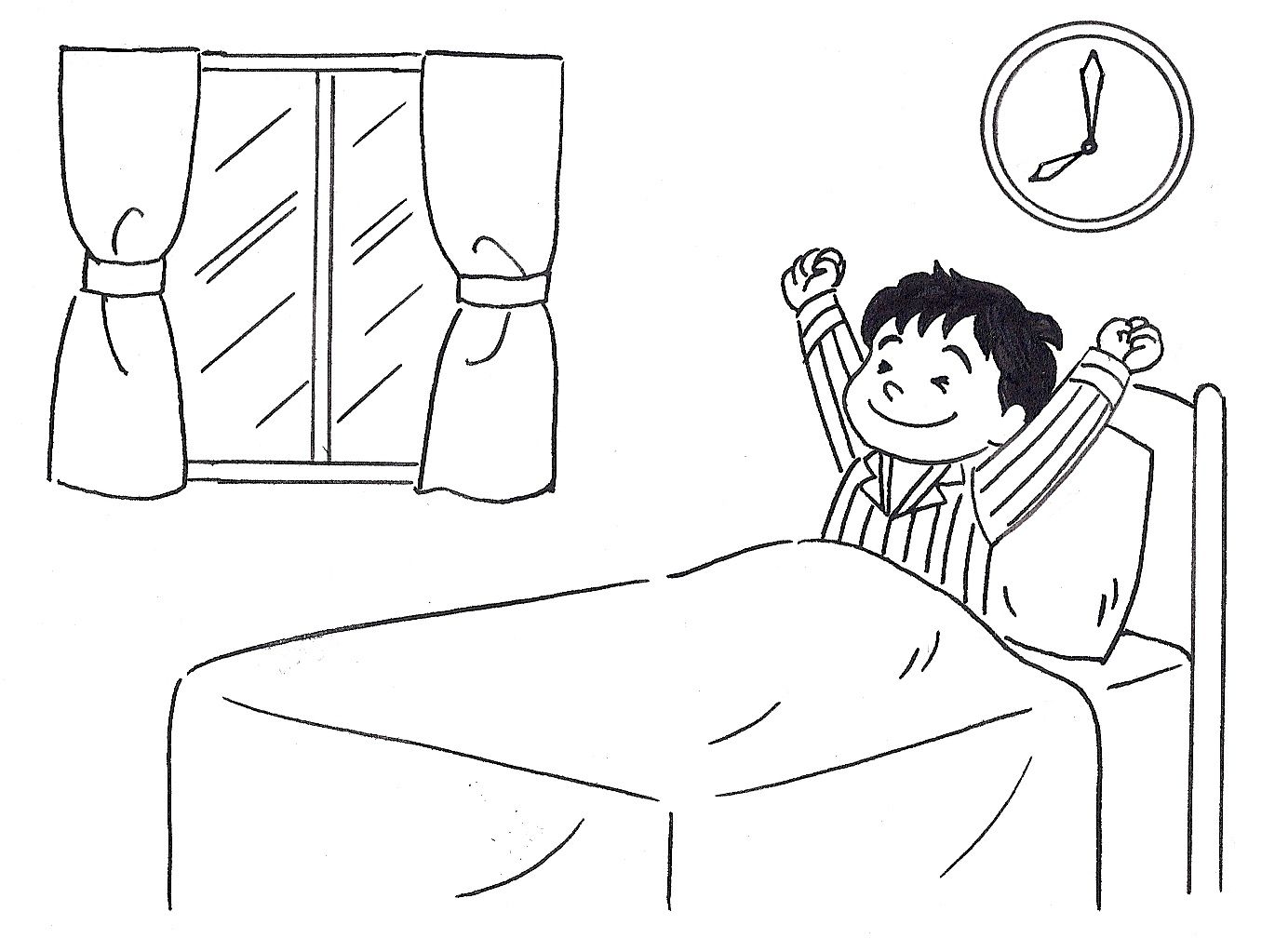
Group 3 verbs.
Suru する and kuru 来る change to shimasu します and kimasu 来ます respectively.
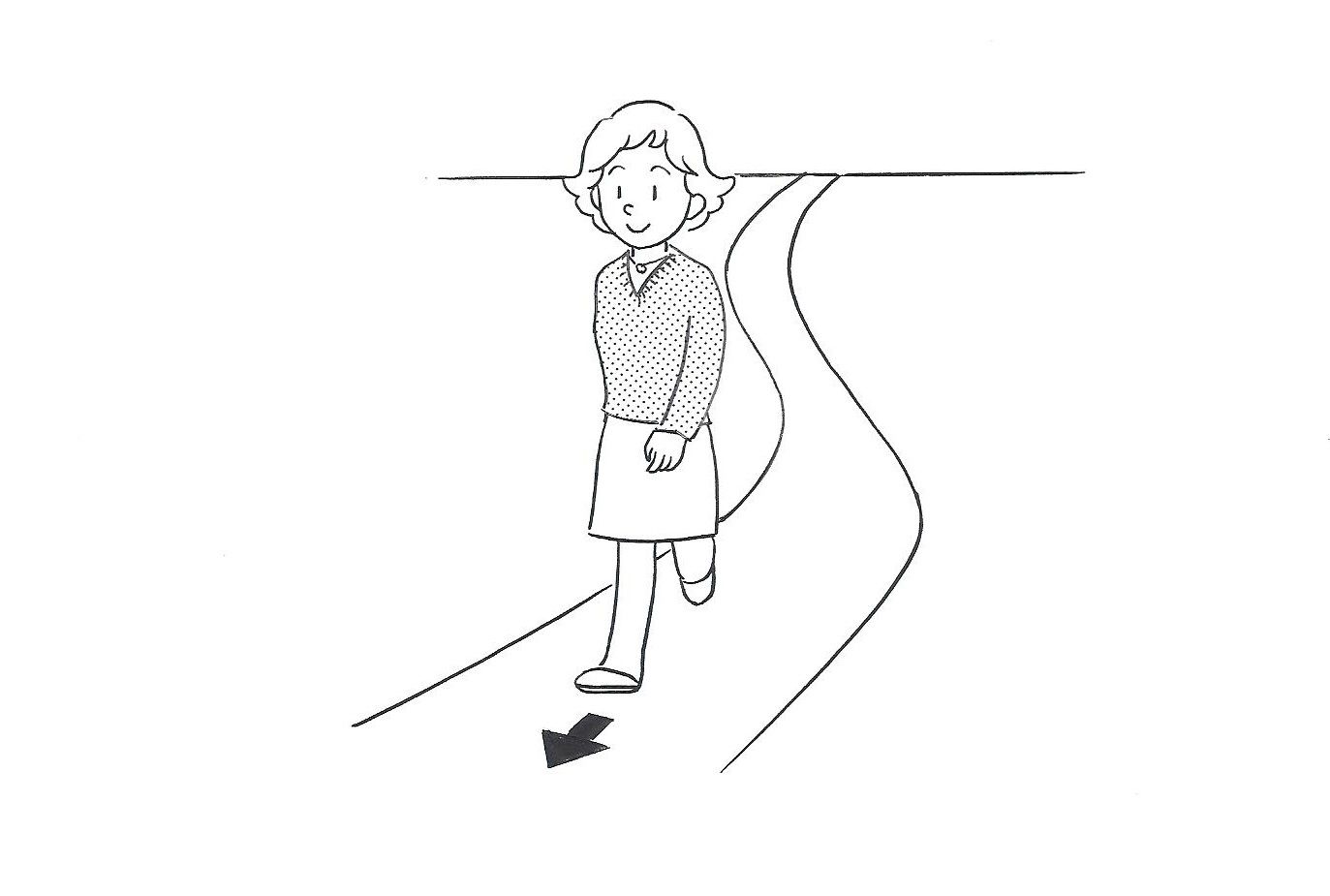
How do you conjugate the negative?
We can transform the verb into negative depending on the polite and the casual forms.
If we want to express the negative in a formal setting, we must change the -masu at the end with -masen ません like this:
Nomimasu 飲みます➡ nomimasen 飲みません
Tabemasu 食べます➡ tabemasen 食べません
Shimasu します➡ shimasen しません
But, if we want to say it in a more casual way, all verbs end with -nai ない and depending on the group, we may change or not the sound with u at the end of the verb (-ku, -bu, -tsu, -ru and so on).
For group 1 verbs, we must replace the sound with u with a sound with a and add -nai. For verbs ending with u う (without any consonant), we change it to sound wa わ. Also, there is one exception with verb aru ある (to have, to exist): the negative casual form is nai ない, not aranai あらない.
Nomu 飲む ➡ nomanai 飲まない
Oyogu 泳ぐ ➡ oyoganai 泳がない
Asobu 遊ぶ ➡ asobanai 遊ばない
Au 会う ➡ awanai 会わない
Kau 買う (to buy) ➡ kawanai 買わない
Kaeru 帰る ➡ kaeranai 帰らない
Matsu 待つ ➡ matanai 待たない
Aru ある ➡ nai ない
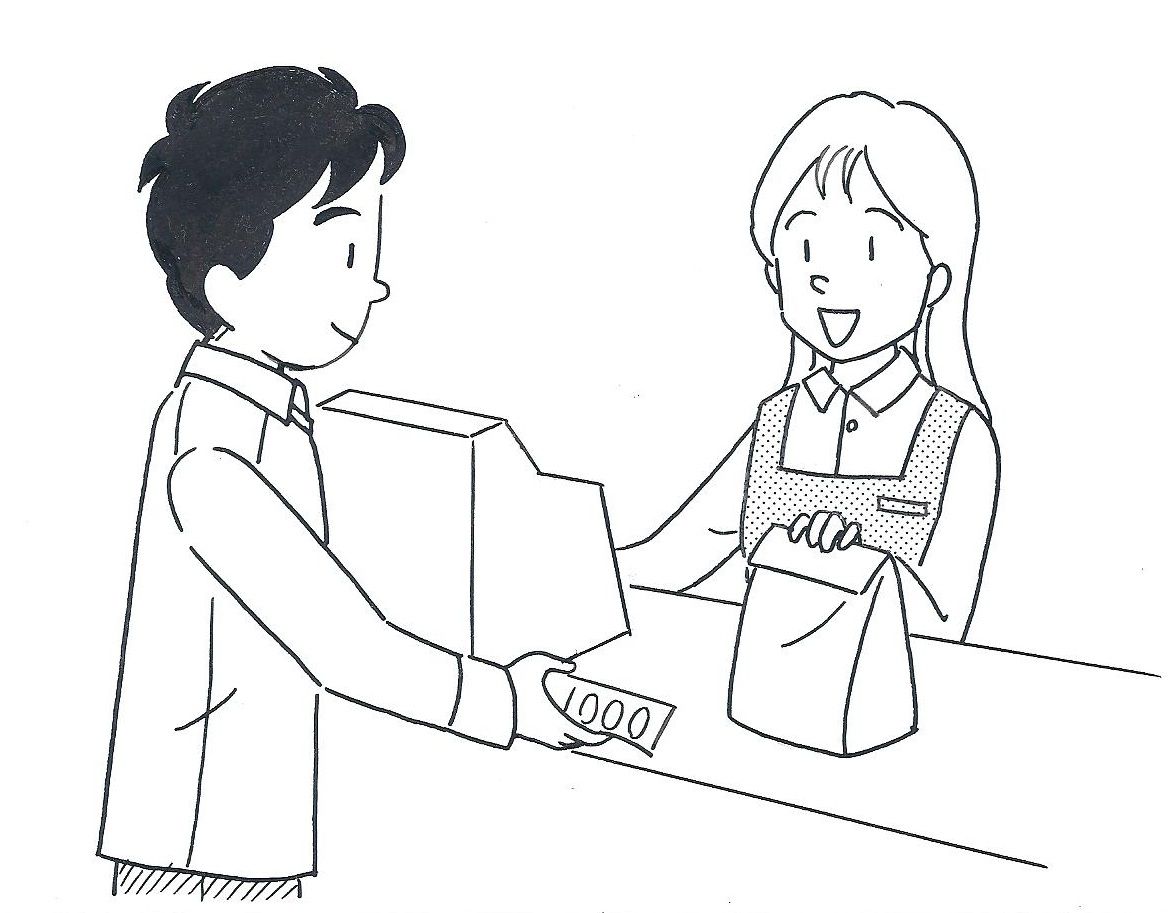
Group 2 verbs are easier. Just replace the -ru with -nai and there you have it, a negative conjugation.
Taberu 食べる ➡ tabenai 食べない
Neru 寝る ➡ nenai 寝ない
Oshieru 教える ➡ oshienai 教えない
Miru 見る ➡ minai 見ない
Okiru 起きる ➡ okinai 起きない
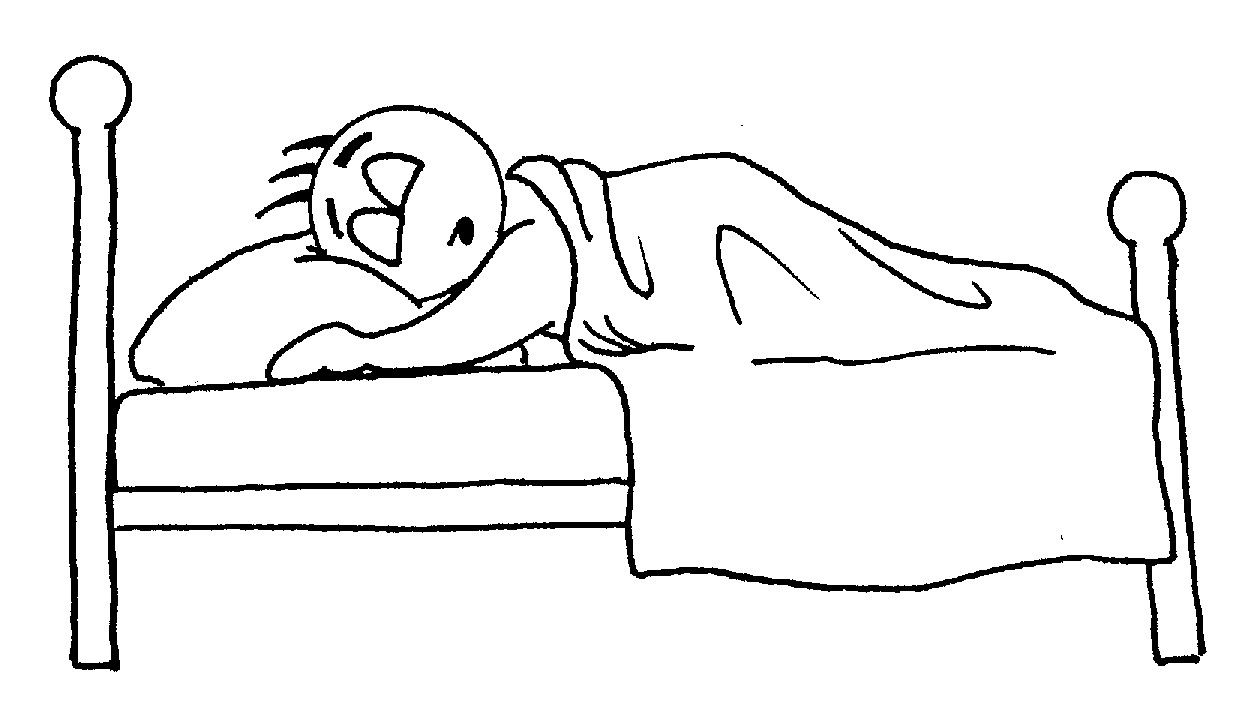
Since they're irregular verbs, group 3 verbs change a lot from their plain affirmative form:
Suru する ➡ shinai しない
Kuru 来る ➡ konai 来ない
What about the past tense?
For the polite form, we replace the -masu with -mashita ました for the affirmative (A) and -masen deshita ませんでした for the negative (N).
Nomimasu 飲みます ➡ nomimashita 飲みました (A) / nomimasen deshita 飲みませんでした (N)
Tabemasu 食べます ➡ tabemashita 食べました (A) / tabemasen deshita 食べませんでした (N)
Kimasu 来ます ➡ kimashita 来ました (A) / kimasen deshita 来ませんでした (N)
For the casual form, the conjugation changes according to each group. Nevertheless, all verbs end with -ta た for the affirmative and -nakatta なかった for the negative.
For group 1 verbs, depending on the sound at the end of the verb in the plain form, replace it as follows to form the affirmative past tense:
- -ku く ➡ -ita いた. E.g.: kaku 書く (to write) ➡ kaita 書いた, kiku 聞く ➡ kiita 聞いた
- -gu ぐ ➡ -ida いだ. E.g.: oyogu 泳ぐ ➡ oyoida 泳いだ, isogu 急ぐ (to hurry up) ➡ isoida 急いだ
- -su す ➡ -shita した. E.g.: hanasu 話す ➡ hanashita 話した, kasu 貸す (to lend) ➡ kashita 貸した
- -tsu つ, -u う, -ru る ➡ -tta った. E.g.: matsu 待つ ➡ matta 待った, tatsu 立つ (to stand up) ➡ tatta 立った, au 会う ➡ atta 会った, kau 買う ➡ katta 買った, aru ある ➡ atta あった, kaeru 帰る ➡ kaetta 帰った
- -mu む, -nu ぬ, -bu ぶ ➡ -nda んだ. E.g.: shinu 死ぬ ➡ shinda 死んだ, nomu 飲む ➡ nonda 飲んだ, yomu 読む (to read) ➡ yonda 読んだ, asobu 遊ぶ ➡ asonda 遊んだ, yobu 呼ぶ (to call) ➡ yonda 呼んだ
- Exception: verb iku 行く (to go). For the affirmative past tense, it transforms to itta 行った.
For the negative, take the negative from the not past tense and replace the final i い from -nai ない with -katta かった:
nomanai 飲まない ➡ nomanakatta 飲まなかった
asobanai 遊ばない ➡ asobanakatta 遊ばなかった
awanai 会わない ➡ awanakatta 会わなかった
nai ない ➡ nakatta なかった
For group 2 verbs, replace the -ru with -ta た for the affirmative (A) and -nakatta なかった for the negative (N).
Taberu 食べる ➡ tabeta 食べた (A) / tabenakatta 食べなかった (N)
Neru 寝る ➡ neta 寝た (A) / nenakatta 寝なかった (N)
Okiru 起きる ➡ okita 起きた (A) / okinakatta 起きなかった (N)
Miru 見る ➡ mita 見た (A) / minakatta 見なかった (N)
For group 3 verbs, suru する changes to shita した for the affirmative and shinakatta しなかった for the negative, whereas kuru 来る changes to kita 来た for the affirmative and konakatta 来なかった for the negative.
The -te and -tai forms.
Up to here, we've seen the basics of Japanese verb conjugation so far, but there is a bit more.
You see, in Japanese there are conjugations that help us to express an order, an offer, a wish, etc. The procedure is the same: replace the sound at the end with the correct conjugation and you'll be expressing something different.
Here they are:
- -te form: used for expressing an order, requesting a favor or saying more than one verb in the same sentence. Take the affirmative past tense in the casual form and change the -ta た for -te て or -de で. For instance: kaita 書いた becomes kaite 書いて, tabeta 食べた becomes tabete 食べて, kita 来た becomes kite 来て and so on.
- -tai: used for expressing a desire. Take the -masu form and replace the -masu with tai たい. Examples: nomimasu 飲みます becomes nomitai 飲みたい (I want to drink), ikimasu 行きます becomes ikitai 行きたい (I want to go), etc. For politeness, a desu です is added at the end. E.g. nomitai desu 飲みたいです. If you don't want to do something, replace the final i い from -tai たい with -kunai くない: nomitakunai 飲みたくない (I don't want to drink), ikitakunai 行きたくない (I don't want to go).
The mysterious desu です.
Desu です is often translated as to be, but in fact it's used as a copula for politeness. Adding desu at the end of the sentence, it makes it formal.
Despite being a copula, it has its own conjugation like a verb and there is a copula for the casual form too!
- Affirmative Not Past Tense (polite form): desu です
- Affirmative Not Past Tense (casual form): da だ
- Negative Not Past Tense (polite form): ja nai desu じゃないです/ja arimasen じゃありません/dewa arimasen ではありません.
- Negative Not Past Tense (casual form): ja nai じゃない/dewa nai ではない
- Affirmative Past Tense (polite form): deshita でした
- Affirmative Past Tense (casual form): datta だった
- Negative Past Tense (polite form): ja nakatta desu じゃなかったです/ja arimasen deshita じゃありませんでした, dewa arimasen deshita ではありませんでした
- Negative Past Tense (casual form): ja nakatta じゃなかった/dewa nakatta ではなかった
Learn Japanese grammar with Lingopie
We’ve just scratched the surface of Japanese verb conjugation in this article. There’s a whole lot more to cover—from causative to potential forms—but we’ll save that for another time (stay tuned!).
For now, the best way to solidify what you’ve learned is to see it in action. And that’s where Lingopie comes in. With a library full of authentic Japanese content—think anime, doramas, and a mix of J-Pop, J-Rock, and even Enka—you can immerse yourself in real language use while having fun. You’ll pick up natural expressions from your favorite characters and songs, and reinforce them with built-in quizzes and flashcards.
Want to go deeper? You can also book group or 1-on-1 lessons with pro Japanese teachers. What’s cool is that lessons are based on the shows you’re already watching, so you’re learning contextually—not just memorizing random grammar rules.
So my final tip? Sign up for free, explore, and make Japanese learning part of your entertainment routine. Let 2025 be the year you fall in love with the language (and maybe a few characters too 😉).
See you in the next post!


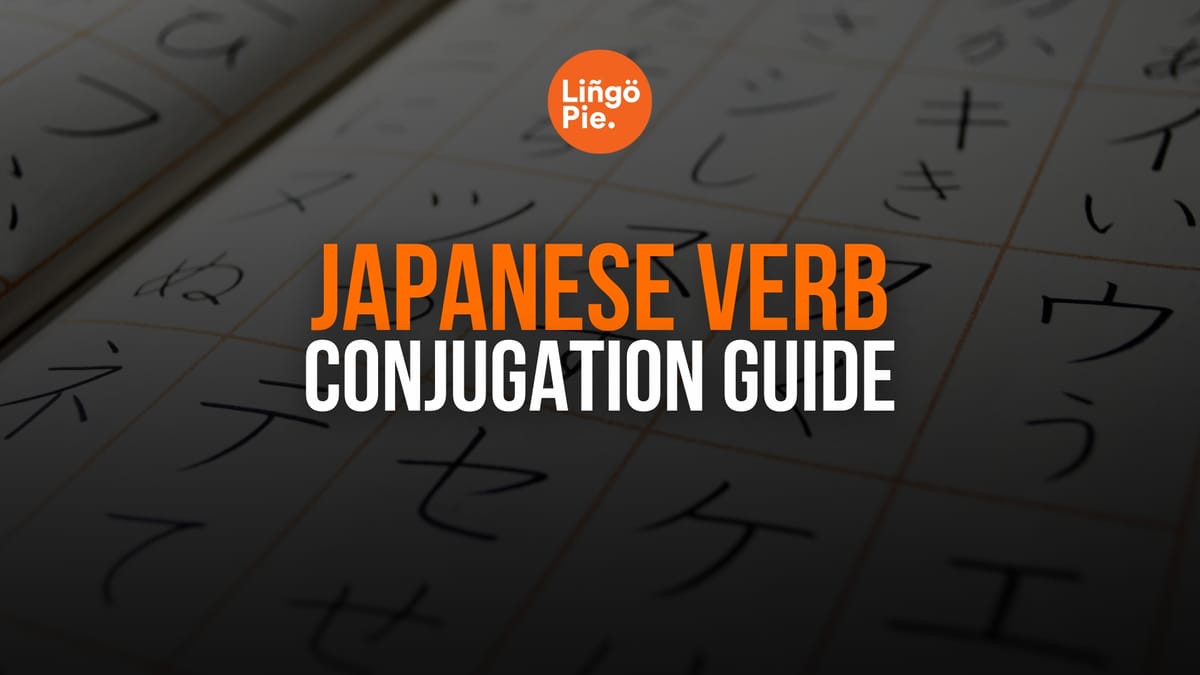
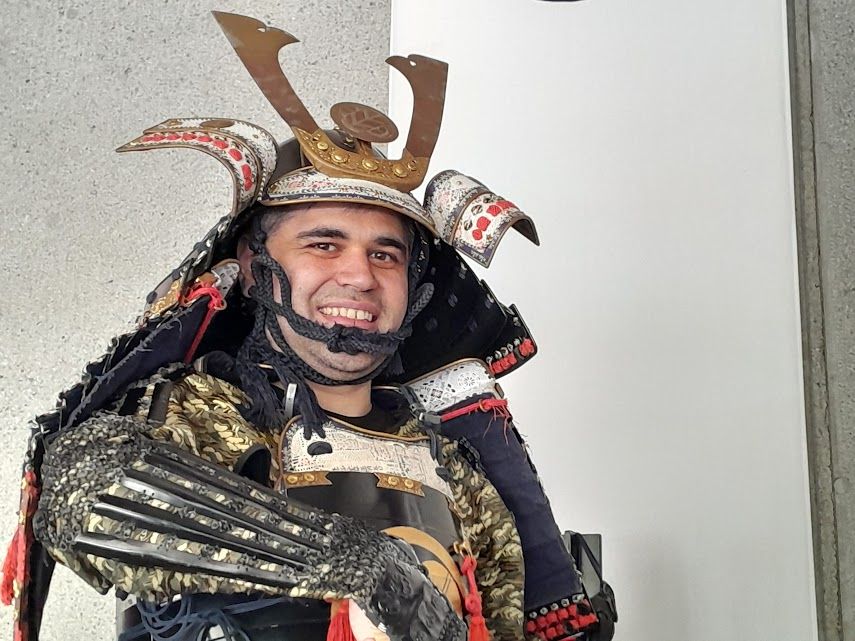



![How To Use Mo (も) Particle In Japanese Grammar [Guide]](/blog/content/images/size/w300/2025/06/How-To-Use-Mo-----Particle-In-Japanese-Grammar.jpg)

